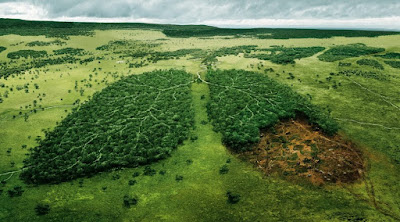AQUÍ tienes una presentación para ayudarnos a preparar el tema de los "Austrias Menores" en el s. XVII
AQUÍ tienes otra, que puedes consultar
In this link you have a good presentation about the Unit 4 from our book, focused to the XVIIth Century in Europe, the Hispanic Monarchy and the colonies.
AQUÍ tienes otra, que puedes consultar
In this link you have a good presentation about the Unit 4 from our book, focused to the XVIIth Century in Europe, the Hispanic Monarchy and the colonies.
Here you are the final scene of the Spanish movie "Alatriste",
based upon the novels of Arturo Pérez Reverte. This scene is placed on
the Battle of Rocroi (1,643), the first defeat of the Spanish Tercios.
This battle decided the sign of the Thirty Years War (1,618-48), when
Spain lost the European hegemony in favour of France.
2/3
of this presentation, after the main contents in demography, economy
and politics, are focused about the History of art, with many examples
from the Baroque in architecture, sculpture and painting throughout
Spain and Europe.
On the other hand, the previous presentation ignores the English Revolution (actually, at least two different social and political processes) in the XVII th Century. You can learn something about these facts here and here. As usual, all these materials are simple supports to the contents present in our book and explained in the class.

















































